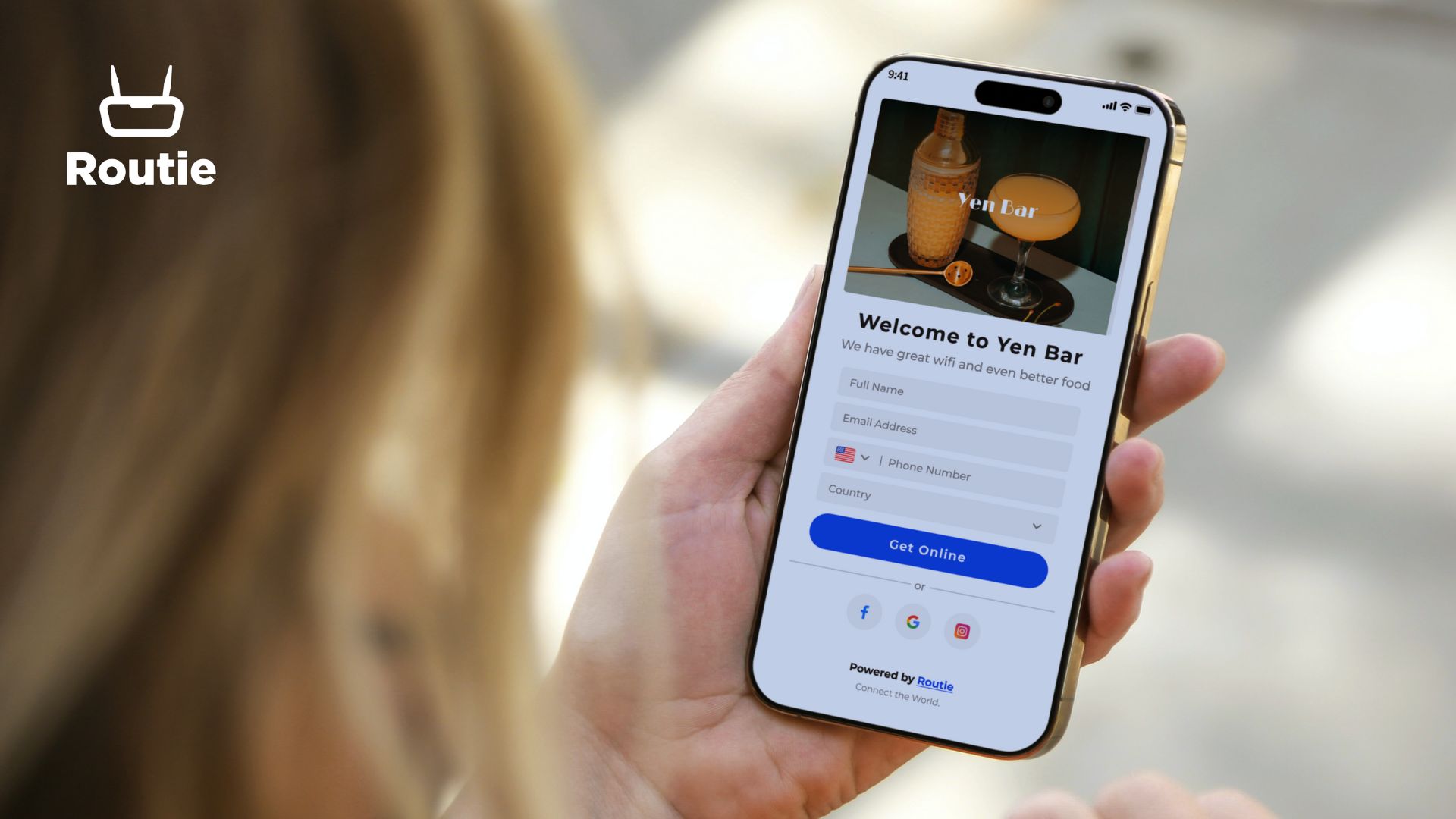As internet access has become fundamental in modern life, captive portals have become an increasingly common tool to get online. But what is a captive portal and how does it work? This comprehensive guide aims to explain everything you need to know about captive portals.
What is a Captive Portal?
A captive portal is a web page or interface that controls access to a network. When users access the internet through a captive portal, they are required to authenticate or agree to certain terms and conditions before granting them access to the network. Typically a captive portal is used on a public or guest network. In simpler terms, it’s like a web page that users must pass through before they can get online.
Captive portals are commonly used in settings such as hotels, airports, cafes, and public wifi hotspots to manage network access and provide a layer of security and control over who can access the network.
How Captive Portals Work
When a user attempts to connect to a network through a captive portal, their device automatically detects the network and sends a request to access the internet. In response, the captive portal intercepts the request and redirects the user to a login page or landing page where the user must complete a specific action to gain access.
This action may include entering a username and password, accepting terms of service, providing personal information, or agreeing to watch an advertisement. Once the user completes the required action, the captive portal grants them access to the internet for a specified period or until they disconnect from the network.
Common Uses of Captive Portals
Beyond controlling network access, captive portals serve several additional purposes. Some common uses include:
- Authentication: Captive portals authenticate users before granting them access to the network, helping to prevent unauthorized use and protecting against security threats.
- Branding: Businesses can customize captive portal pages to reflect their branding, display promotional messages, or gather customer feedback.
- Monetization: Some captive portals include advertisements, sponsored content, or pay walls, enabling businesses to generate revenue from their wifi network.
- Data Collection: Captive portals can collect valuable data about users, such as demographic information, preferences, and contact details. Businesses can then use this data for marketing purposes or to improve their services.
Different Types of Captive Portals
There are several types of captive portals, each with its own features and capabilities. Some common types include:
- Simple Captive Portals: These require users to enter a username and password or accept terms of service to access the network.
- Social Media Captive Portals: Here users log in using their social media accounts, such as Facebook or Twitter, and share their network activity with their friends.
- Advertisement Captive Portals: Network access may be gated after a user views a display advertisement or promotional content.
- Payment Captive Portals: Users must make a payment, either through credit card or mobile payment, before accessing the network.
Benefits of Captive Portal
Captive portals offer many benefits for businesses and network administrators, such as:
- Control: Captive portals enable businesses to control who can access their network and under what conditions. This helps to prevent unauthorized use and protects against security threats.
- Customization: Businesses can customize the captive portal pages to reflect their branding, gather valuable customer data, and promote their products or social accounts.
- Monetization: Often captive portals include advertisements or sponsored content, enabling businesses to generate revenue from offering wifi access.
- Security: Captive portals help to ensure that only authorized users can connect, reducing the risk of unauthorized access and security breaches.
Introducing an Easy to Use Captive Portal Solution
Many captive portal technologies are expensive, complicated to use, or require an IT specialist to set up and maintain. Routie’s captive portal solution offers a seamless and customizable way for businesses to easily manage their guest wifi. With Routie’s captive portal, businesses can:
- Customize: Routie’s captive portal enables businesses to easily customize the login page with their branding, logo, promotional messages, action buttons and terms of service.
- Engage: Businesses can use Routie’s captive portal to engage with their customers by offering promotions, collecting feedback, or encouraging social media interaction.
- Analyze: Routie’s captive portal provides businesses with valuable analytics and insights into customer behavior. This makes it easier to decide on marketing strategies.
- Control: Routie puts business owners in control of who has access to the network, for how long, and if there are any costs to get online.
Conclusion
It’s important for businesses to provide a secure and customizable wifi experience for their guests. Captive portals play a vital role in network access management, building a customer database, as well as analytics. This information can help businesses improve services, increase revenue, and build customer loyalty.
a customer database, as well as analytics. This information can help businesses improve services, increase revenue, and build customer loyalty.
Whether a business is looking to control access, engage with customers, or gather valuable customer data, captive portals offer a flexible and effective solution for managing a business wifi network.
Routie’s captive portal solution is designed for businesses to gain all of the benefits of guest wifi, without the high costs, complicated setup or need to hire an IT specialist. Routie makes it easy to take guest wifi to the next level with a captive portal.
To learn more about Routie’s guest wifi captive portal, visit https://routie.io.
